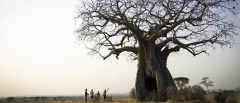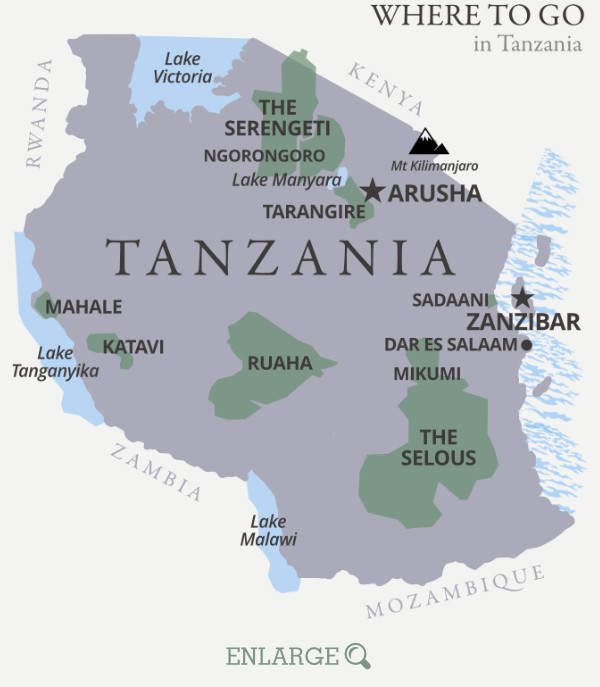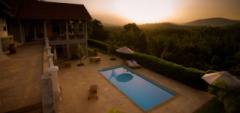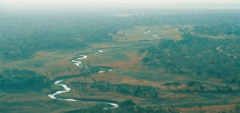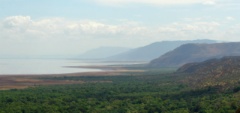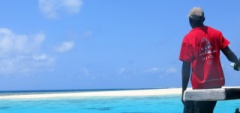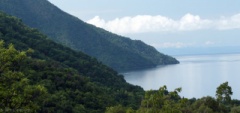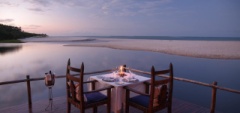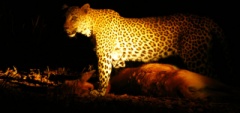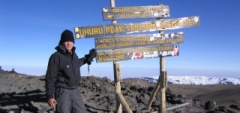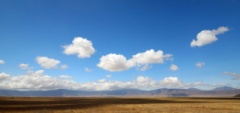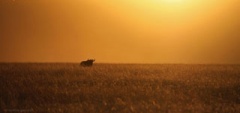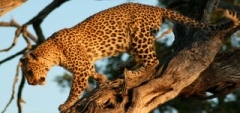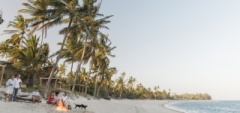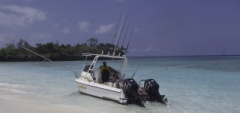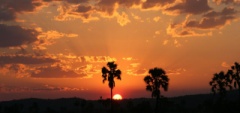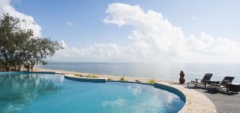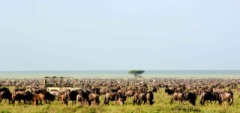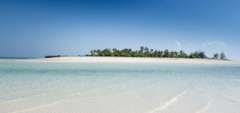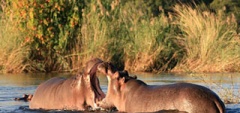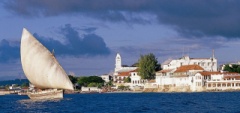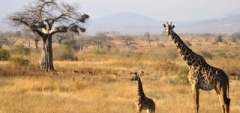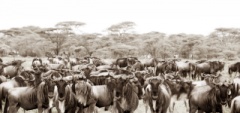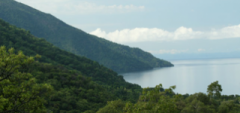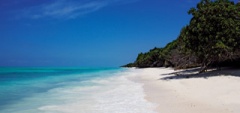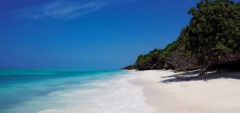Tanzania
Tanzania
An overview of where to go and what's on offer...
As one of the most bio diverse countries in Africa, taking in the palm fringed shores of the Indian Ocean to the east, the mountainous forests of Mahale to the west, the volcanic plains of the Serengeti to the north and the riverine Miombo woodlands of the Selous to the south, there is a lot to choose from! Usually, for many of our clients, the question is more “where to go on safari?” as this element is usually the most expensive part and, therefore, can dictate plans.
The Serengeti National Park
Along with the Okavango Delta in Botswana and the Masai Mara in Kenya, the grassland plains of the Serengeti is one of the most famous places in Africa to go for a safari. The main key to coming here is in understanding the migration movement. The herds of wildebeest move annually on a fairly predictable pattern and the reason for their movement is down to the rain fall patterns and feeding grounds that are available. Read more...
The Ngorongoro Crater
Located just to the east of the Serengeti, the Ngorongoro Crater is always included in an itinerary to the north of Tanzania...and rightly so! What was once a volcano at around 6,000m, the Ngorongoro Crater of today is a mere 2,400, having blasted the rest out across the southern plains of the Serengeti (which is partly the reason for the wildebeest liking this area so much, due to the rich mineral content of the grass). The crater measures approximately 20 kms across and is a haven for wildlife with great grazing year round. Read more…
Tarangire National Park
Often dubbed as the main reason to come here, the vast elephant herds that wander in and out of the park throughout the year are to be seen to be believed. This is not, however, the only reason to come here with both lesser and great Kudu to be seen, plentiful lion, leopard and cheetah, as well as a variety of interesting habitats and accommodations. Read more…
Mount Kilimanjaro
Mount Kilimanjaro, at around 6,000m towers over the plains of Eastern Africa and is one of the most iconic volcanoes in the world. As Africa's highest peak it is always on the lists of those visiting the continent that are keen on walking and mountaineering. The slopes themselves are fairly innocuous and so it is usually the altitude that is the issue for most with the starting point at around 1,400m and the average climbing time being around 3 days. Read more…
Selous Game Reserve
If you are not set on seeing the herds but would still like a very high standard of safari then the southern parks of the Selous Game Reserve and Ruaha National Park could not really be bettered. These parks are far less visited than those of the north and, as such, the overall costs and general time spent getting to and from are much less. For this reason, this area of Tanzania is somewhere that we recommend frequently to clients. Read more...
Ruaha National Park
A short, hour and a half flight to the west of the Selous, Ruaha National Park offers something different again, and the combination of the two is really worthwhile. Where the Selous is “riverine”, with lush forests springing up along the banks of the river, Ruaha is characterised by its lack of water and the red soil that shows through here. Read more…
Mahale National Park
Located right over on the western edge of Tanzania, Mahale is very infrequently visited and, as such, provide some of the most untouched safari and chimpanzee experiences possible on the continent... Definitely something worth a think about. Read more…
Katavi National Park
One of the last true strong-holds of “old” Africa...as it has existed for millions of years, Katavi is to witness safari as it should be...huge herds of Cape buffalo lumber across the three main grasslands that form the centre of the park. Gathering overnight at the main confluences that sit in between the plains allows the predators of the park, lion, leopard, hyena, to come and take pot shots at this massive herd and supplies some of the best game viewing in Africa! Read more…
Zanzibar and islands
Most of those that set their sights on Tanzania are also, more often than not, thinking of a quick stay on the island of Zanzibar… home to spices and warm Indian Ocean breezes. Less well known, however, are the islands of Pemba and Mafia, to the north and south of Zanzibar and, for those that dive, these are certainly destinations that are well worth considering…although, for the beach lovers, there may be a little disappointment as these are also mangrove islands and, as such, the beaches can be a little less than expected. Read more…



